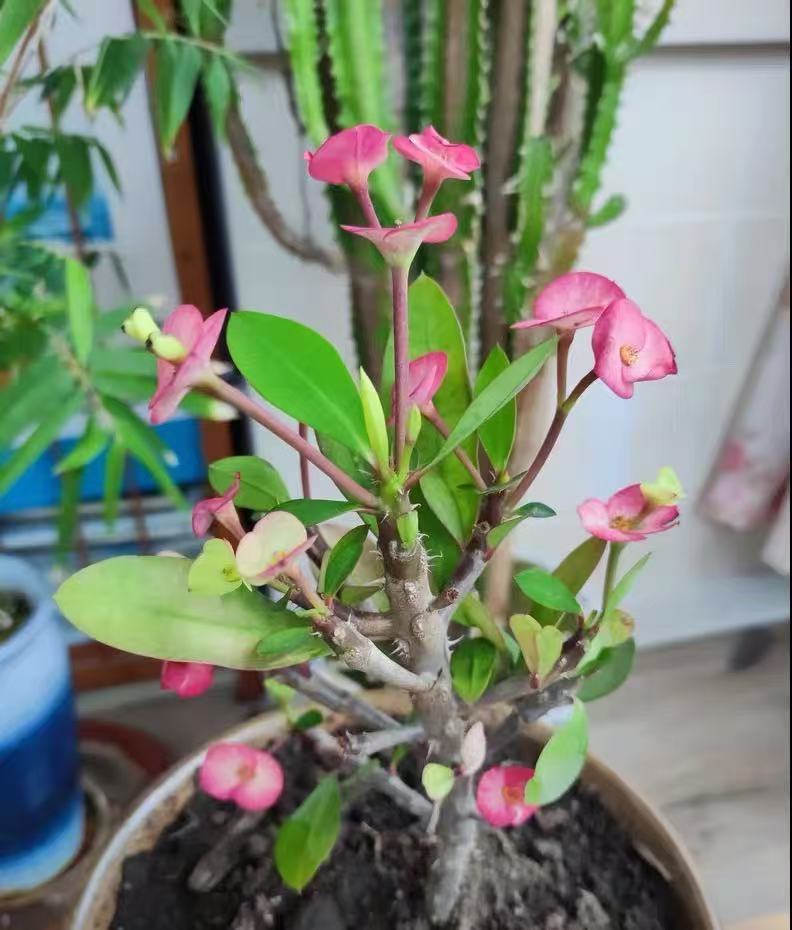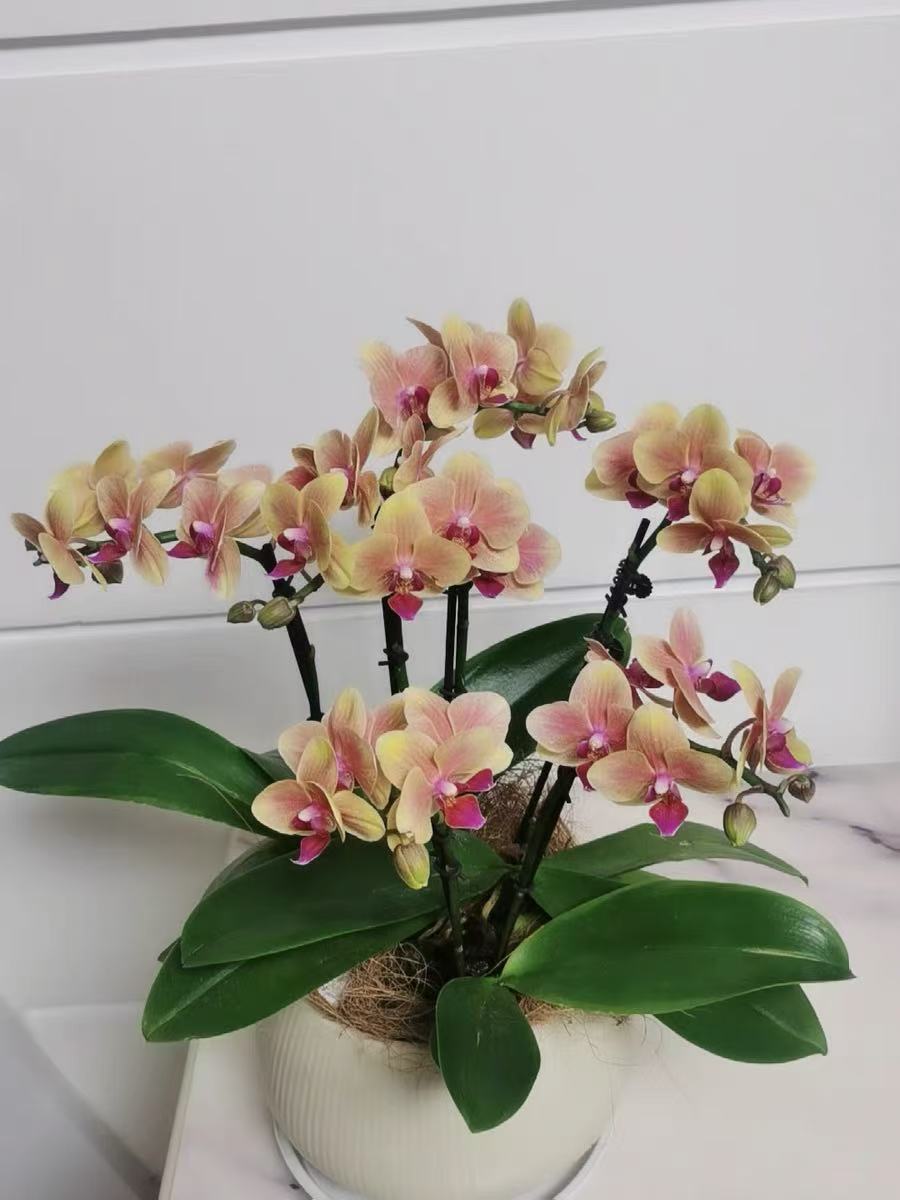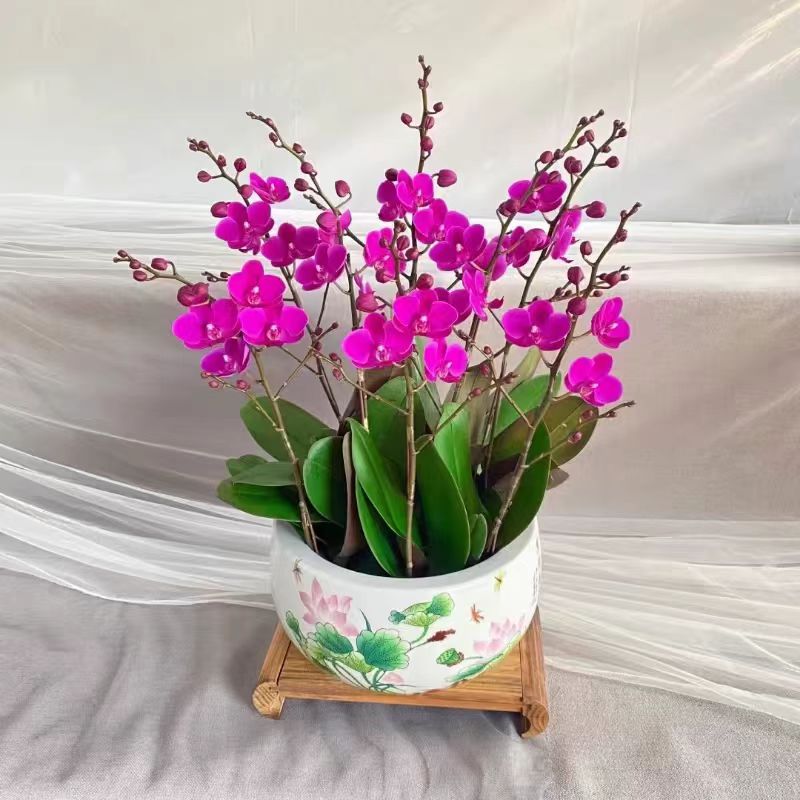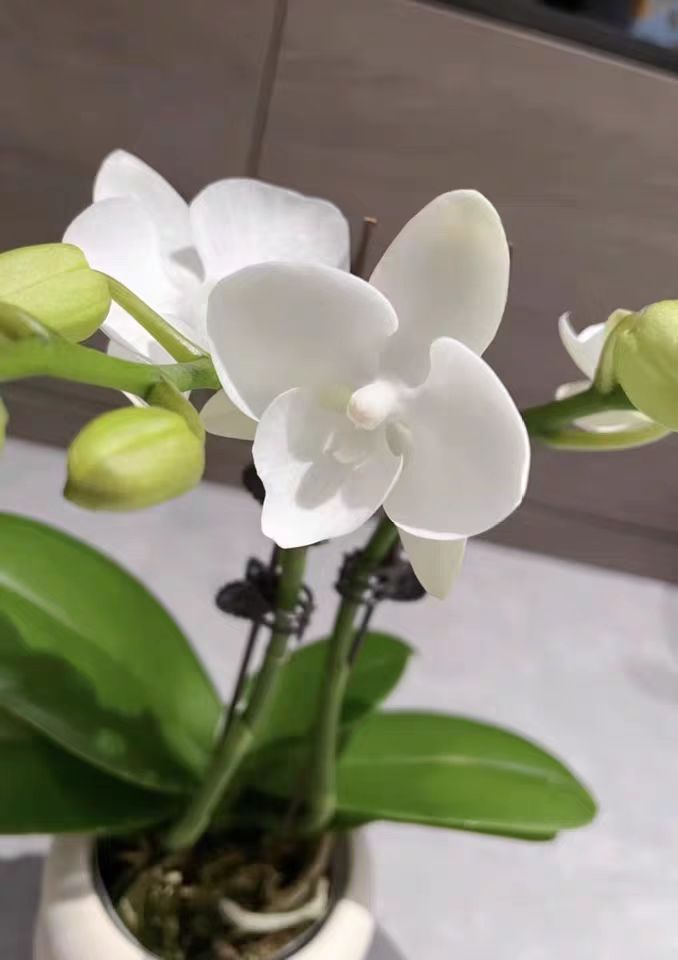In winter, many green plants show wilting to varying degrees. This is mainly caused by a variety of factors. Now, let's analyze these reasons one by one and provide corresponding rescue methods.
Wilting due to drought: The winter environment is dry. If the plants are not watered for a long time, they will start to wilt from the top down. The bark of the branches will shrink, and in severe cases, the whole plant will die.
Rescue method: Spray water on the leaves of drought - stricken plants and the surrounding environment in a timely manner to maintain a high environmental humidity. When watering, choose to do it in the early morning or evening, and avoid watering the soil with a large amount of cold water in a high - temperature environment. The amount of watering should be appropriate, and never over - water.
Wilting due to over - watering: Over - watering will lead to excessive soil moisture content. The plant roots' respiration is blocked, and the transportation of water and minerals lacks power. The branches and leaves cannot get water supply from the roots, resulting in wilting or even death.
Rescue method: Move the green plant to a shaded place and cut off some tender branches and leaves to reduce water evaporation. At the same time, remove one - third of the potting soil and replant it with new soil. Spray water on the leaves every day, and spray a thin foliar liquid fertilizer once every three days or so. The damaged plant can basically recover in about two weeks.
Wilting due to excessive fertilization: When the concentration of fertilizer in the soil is too high, the water in the plants will flow back into the soil, causing the flowers and plants to wilt or even die. This phenomenon is commonly known as "root - burning".
Rescue method: For the affected plants planted in the ground, a large amount of water can be used to dilute the fertilizer concentration in the soil and drain it in a timely manner. For potted flowers and plants, remove the topsoil in the pot, water with a large amount of water so that the excessive fertilizer flows out from the bottom of the flower pot with the water, and then make a layer of plain soil on the pot surface. At the same time, take measures such as shading and spraying water on the leaves of the affected plants. It can return to normal in about 10 to 20 days.
Wilting due to pests: When plants are not properly maintained, they are prone to pest infestations. When the pest infestation is severe, it will damage the conductive tissues of the main trunk or main branches of the flowers, causing the plants to wilt or die.
Rescue method: Wilting caused by pests is difficult to recover. For precious flowers and plants, the branches can be cut off for cutting or grafting. At the same time, use pesticides to spray or prune diseased branches in a timely manner to treat the pest infestation.
Wilting due to wind: When new shoots of flowers and plants, especially spring shoots, grow in large numbers and encounter strong light and strong winds (especially dry winds), the flowers and plants often wilt.
Rescue method: Take measures such as shading, wind - proofing, and spraying water on the leaves to prevent the new shoots from wilting due to water loss.
Wilting due to heat: This generally occurs in summer, but if plants are in an air - conditioned room for a long time, it can also cause wilting.
Rescue method: Avoid keeping plants in an air - conditioned room for a long time. Appropriately adjust the indoor temperature and maintain a certain humidity.
Wilting due to cold: In winter, the temperature fluctuates greatly. If plants are placed outdoors or in a shady place, they will wilt due to the cold.
Rescue method: Generally, wilting due to cold is not a serious problem. The plants will gradually recover when the temperature rises at noon. However, still do not expose them to the cold environment for a long time. Pay attention to keeping warm. You can place the green plants in a warm indoor environment, away from radiators or air - conditioner outlets.
Although growing flowers in winter is a bit troublesome, as long as we take good care of them, understand the growth habits of green plants, and take corresponding maintenance measures, we can make the green plants thrive even in winter.
What causes the wilting of green plants in winter?

Share with
Tagged in :




Leave a Reply